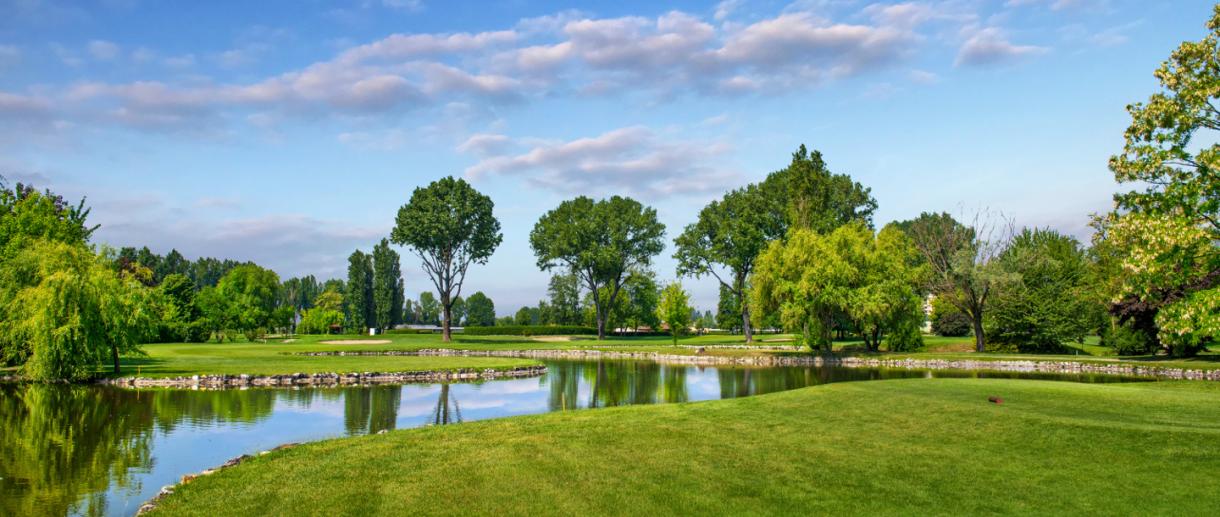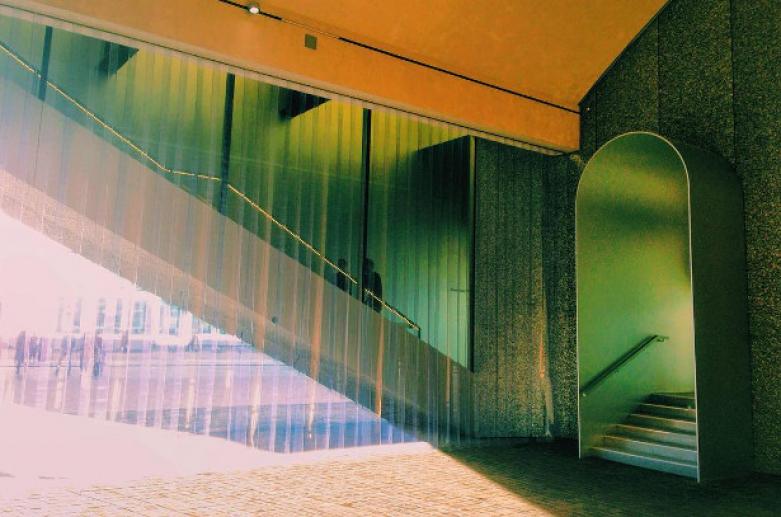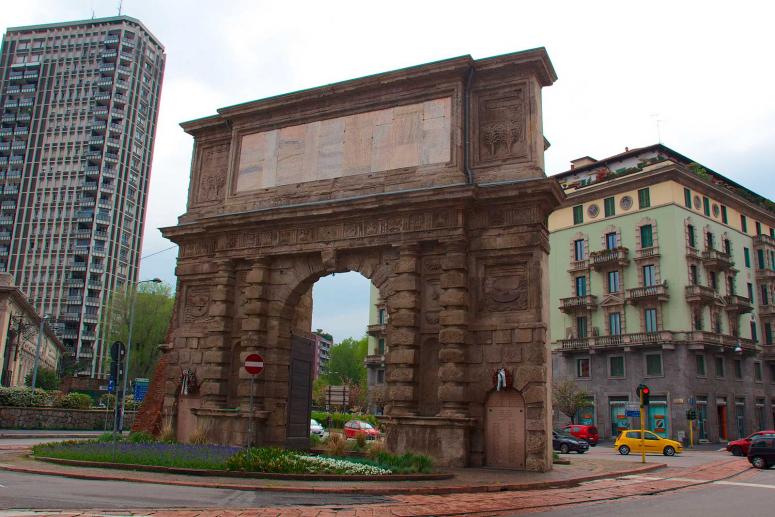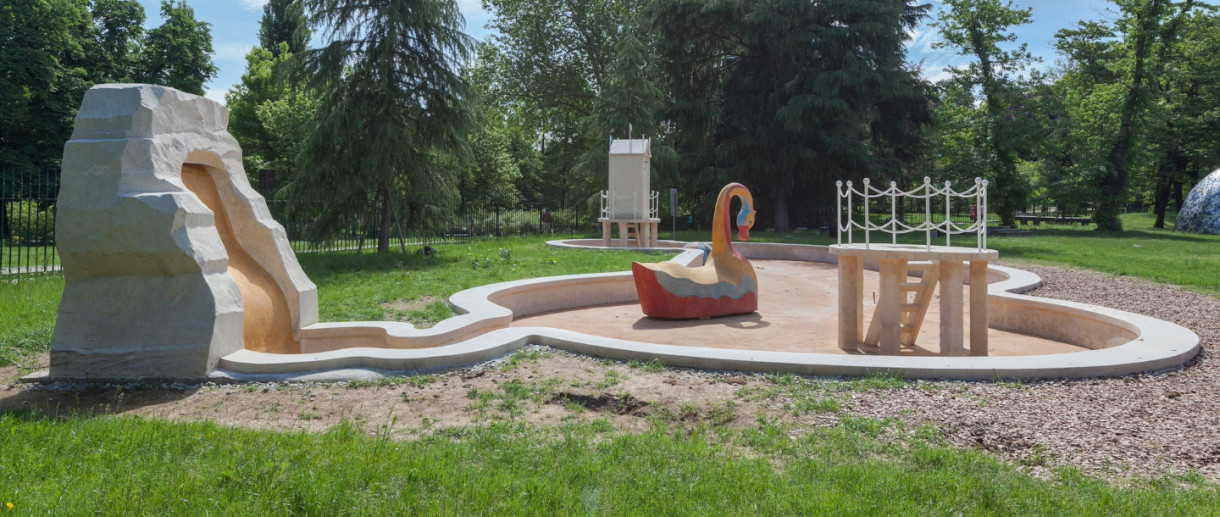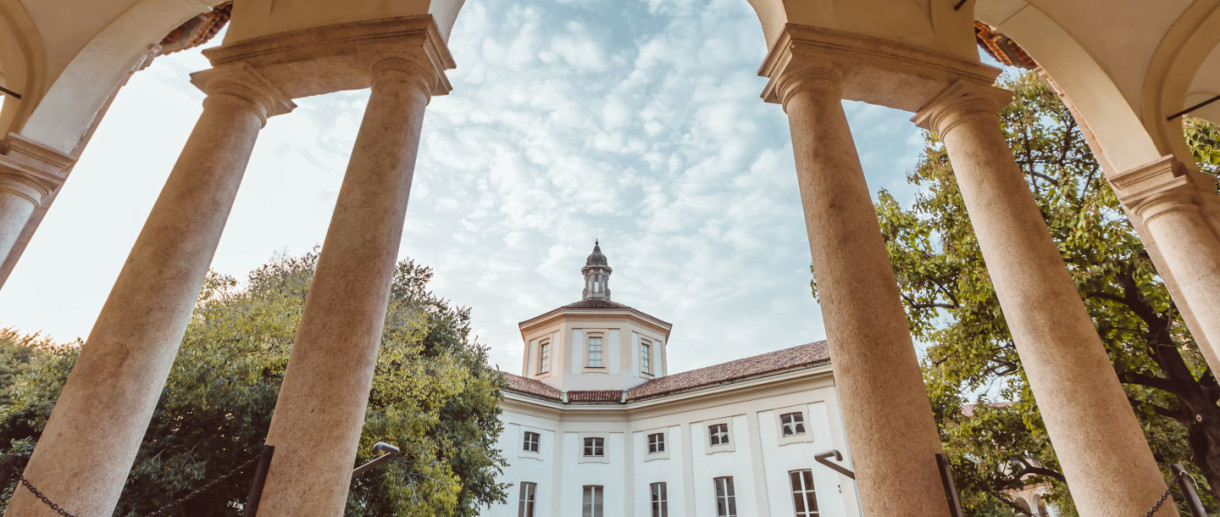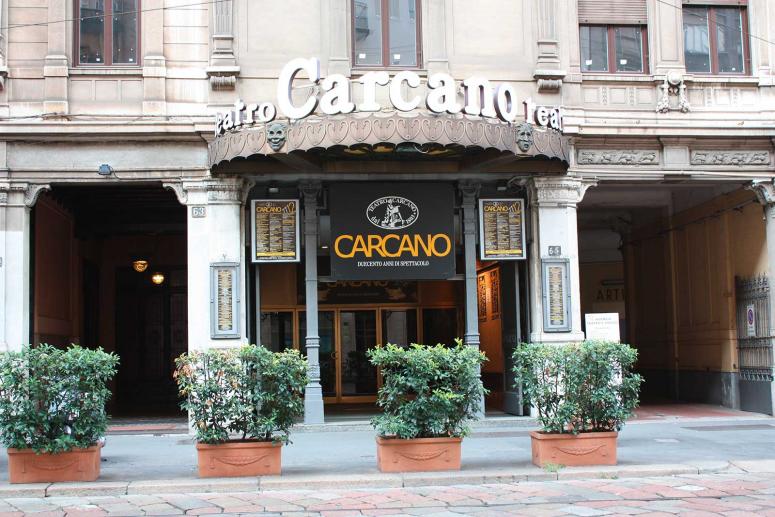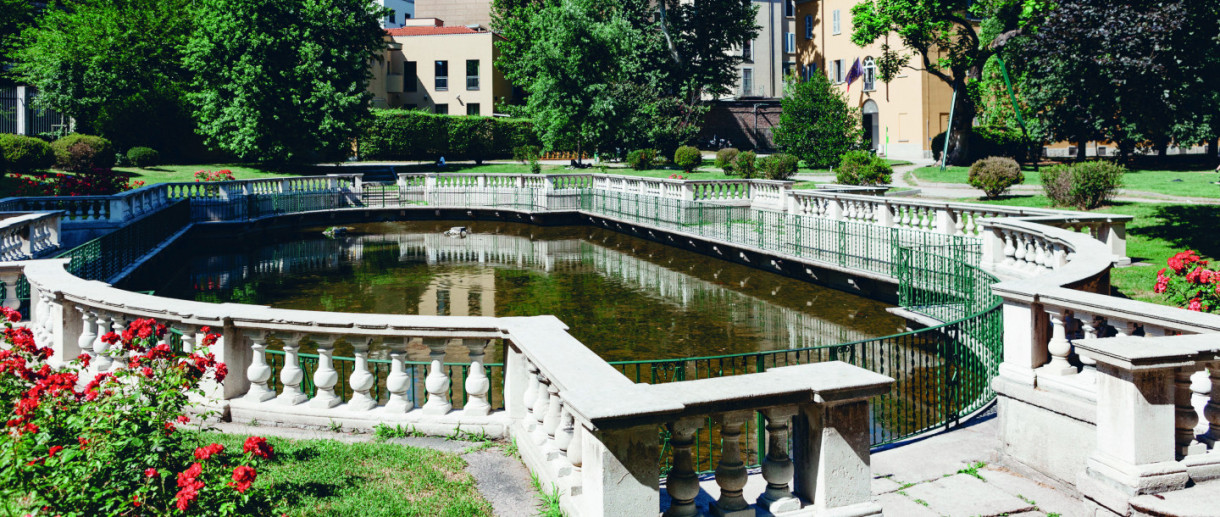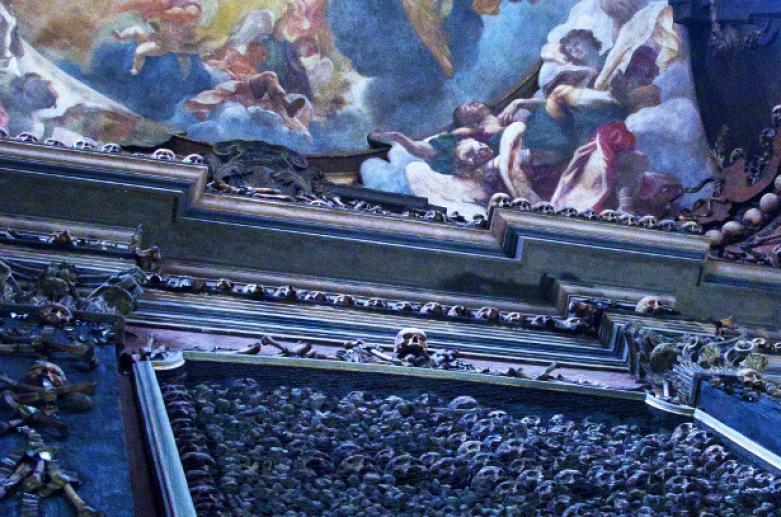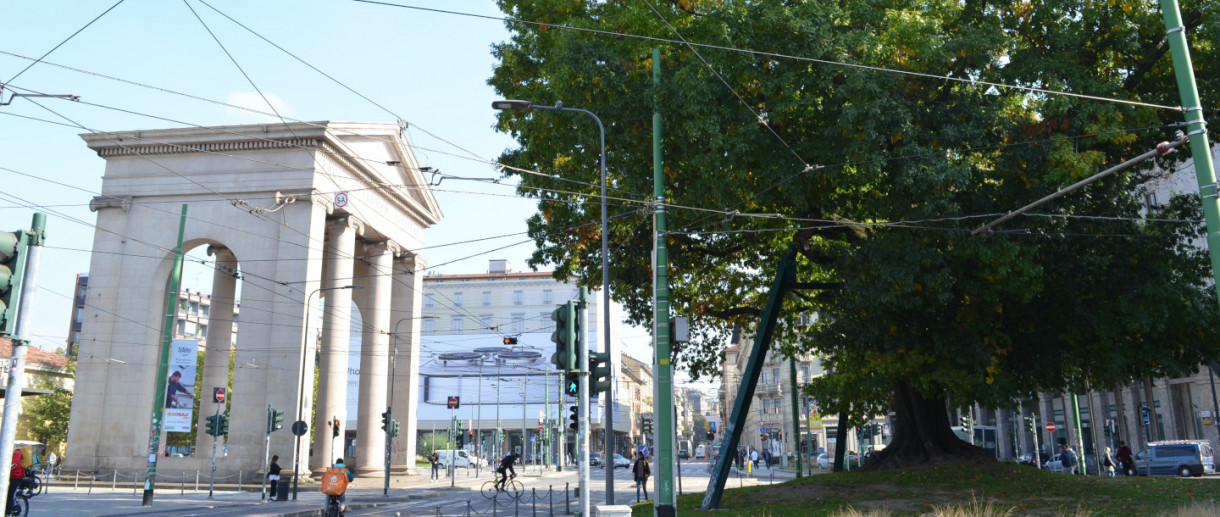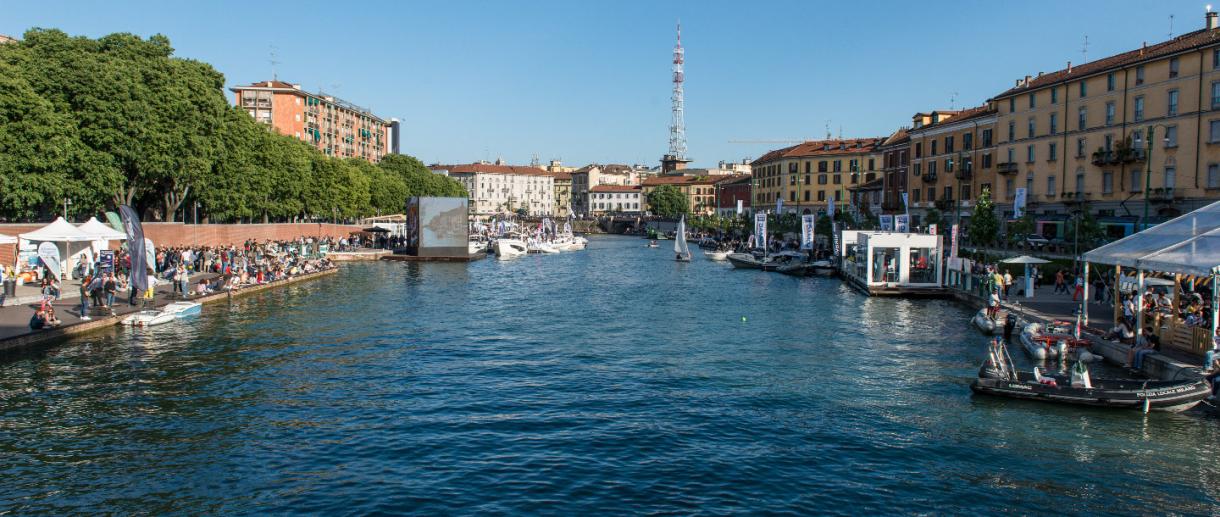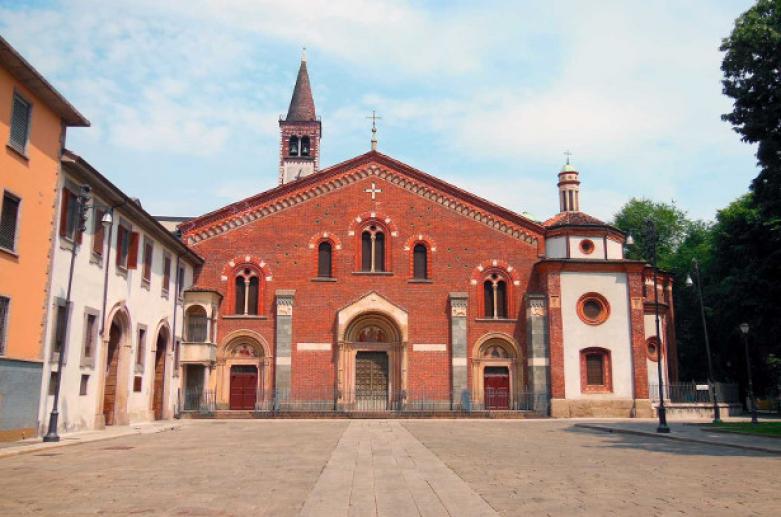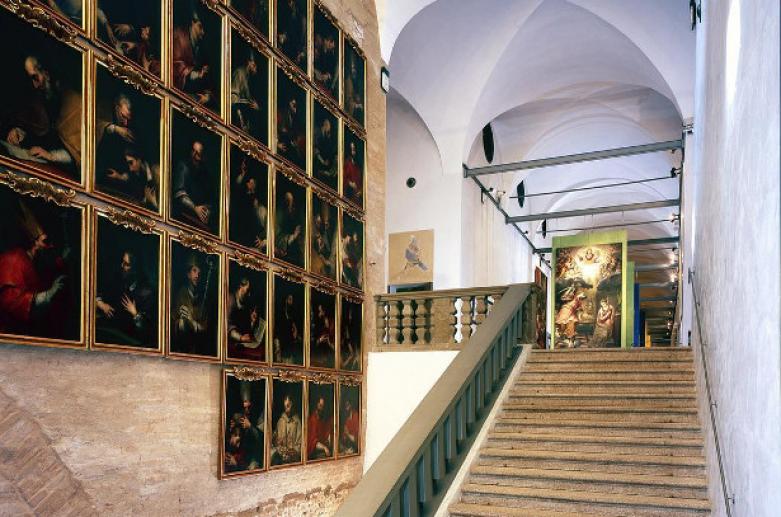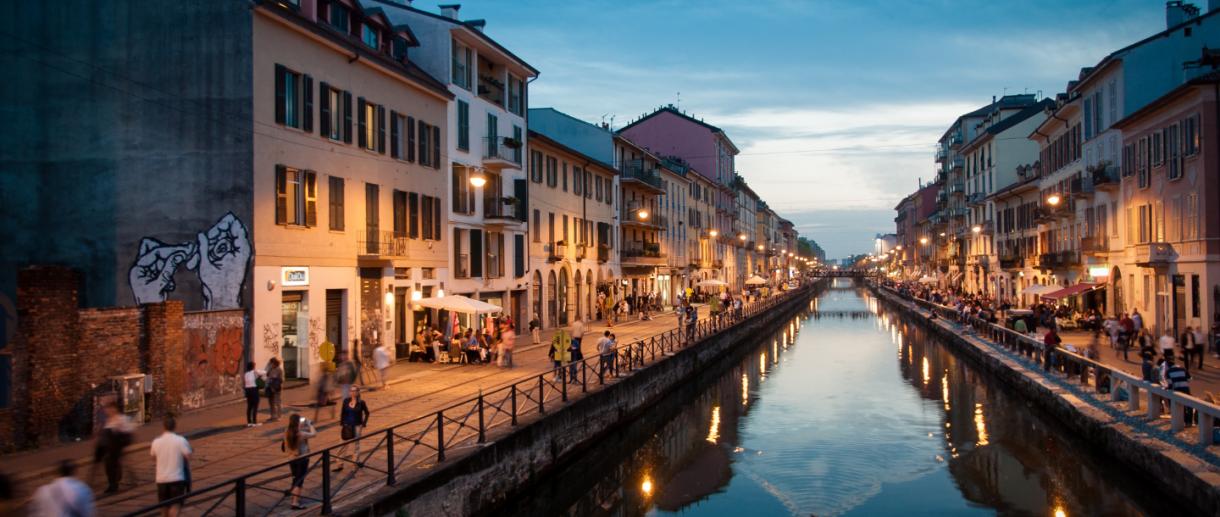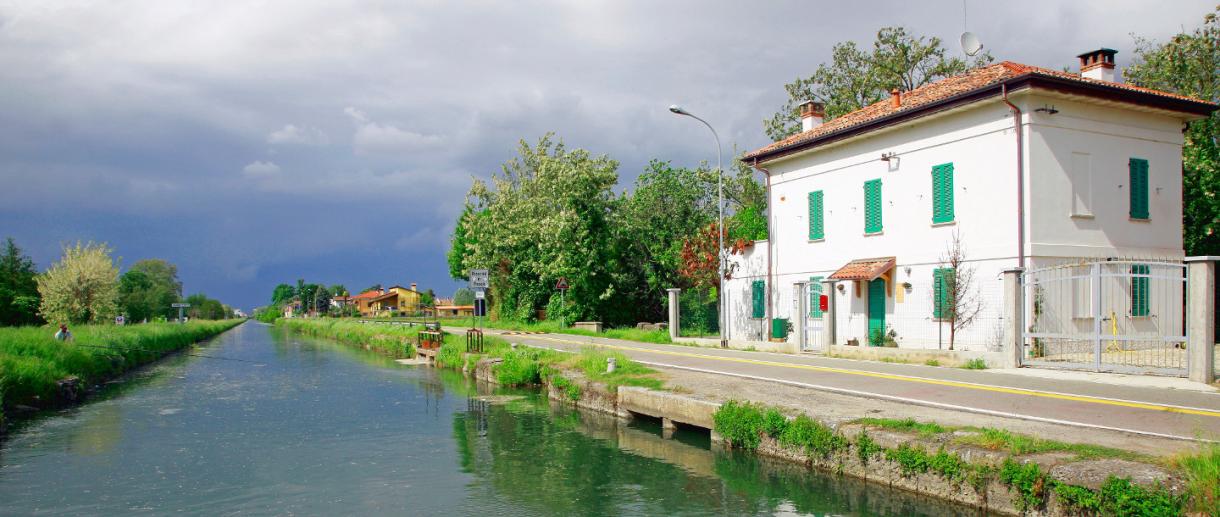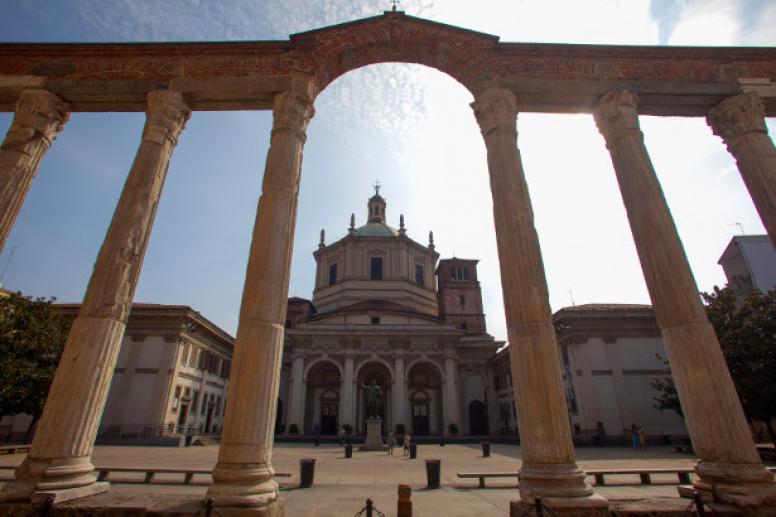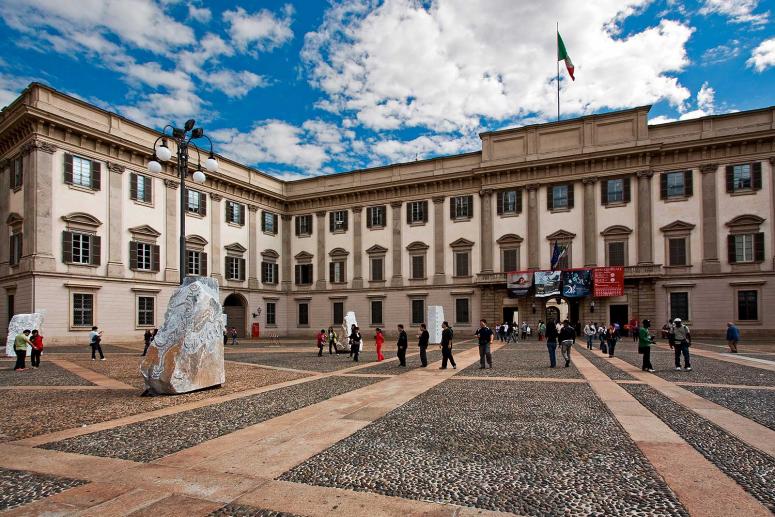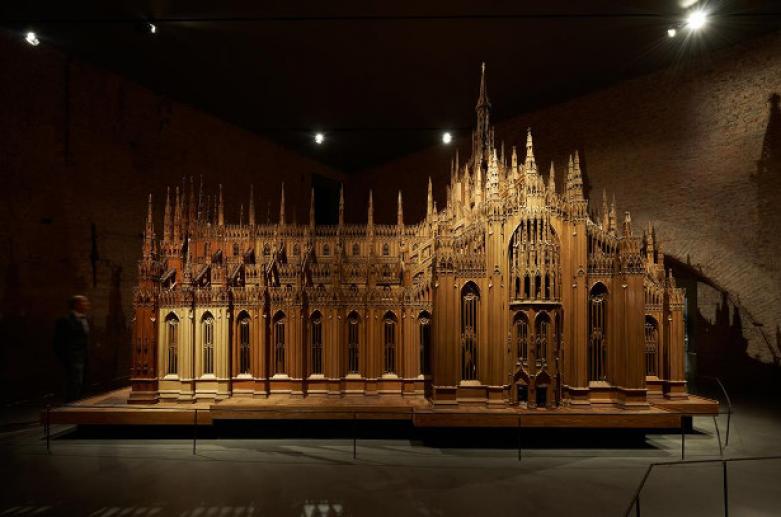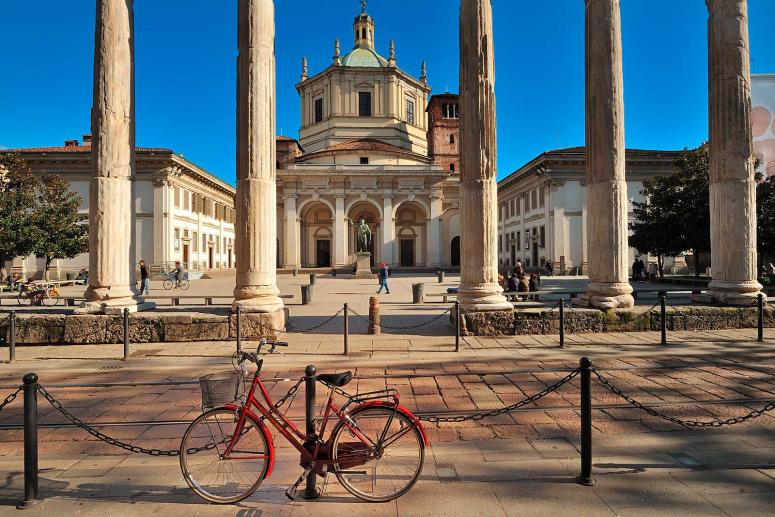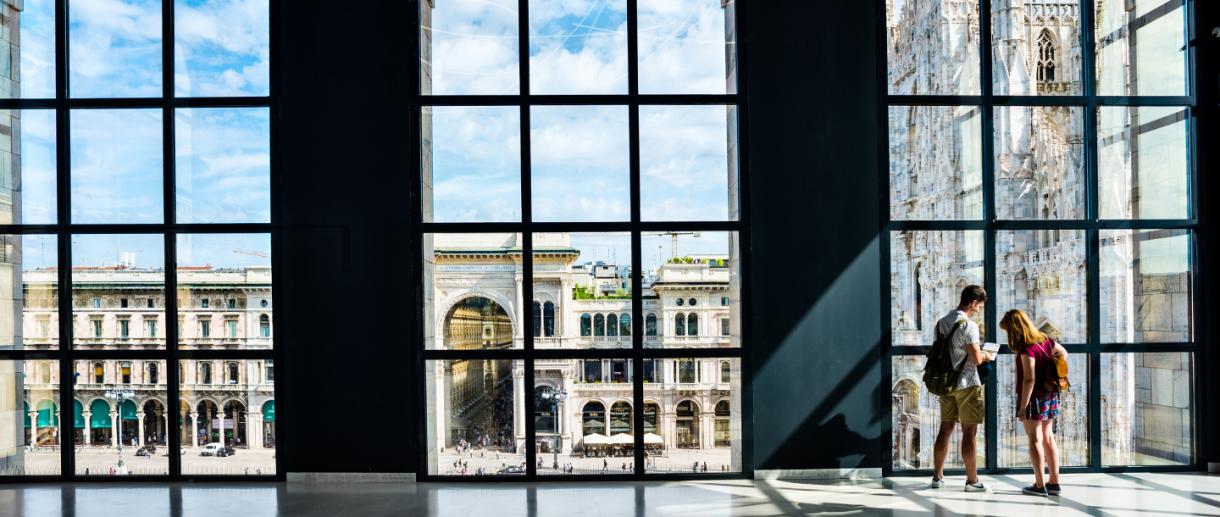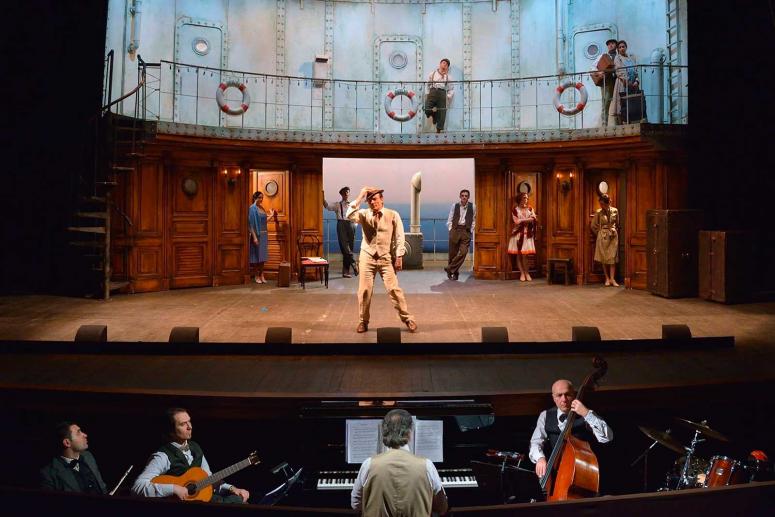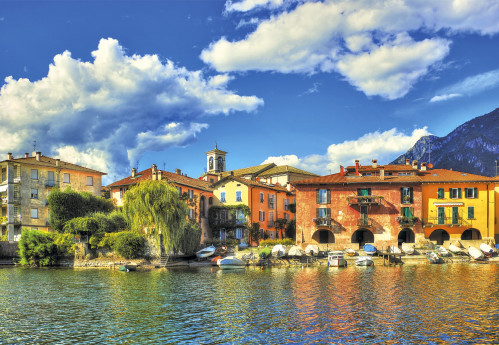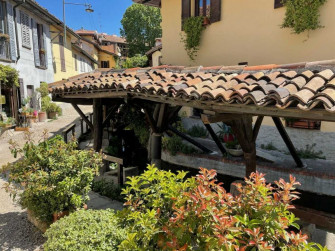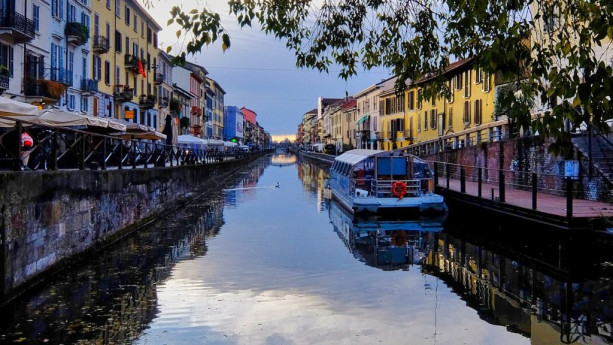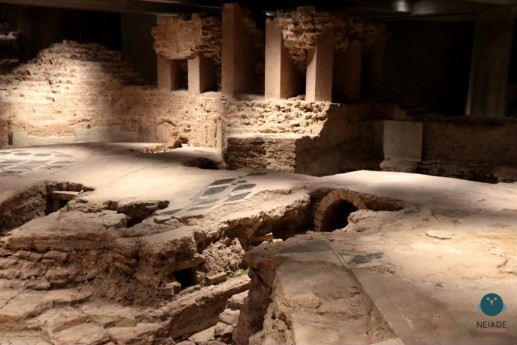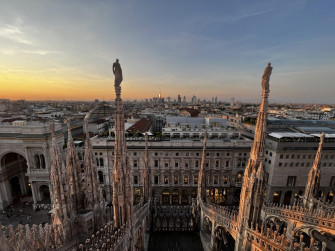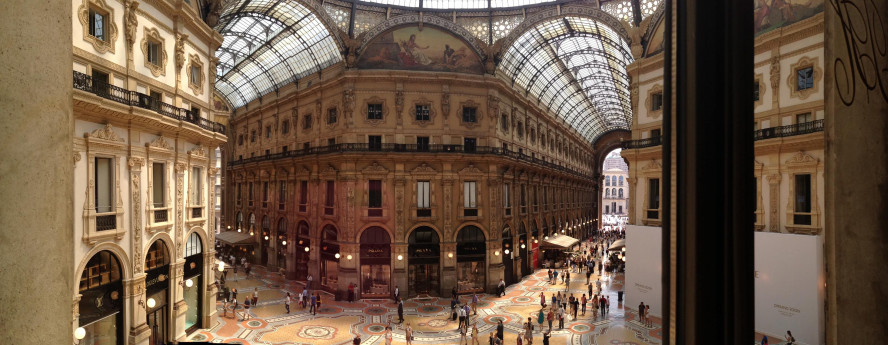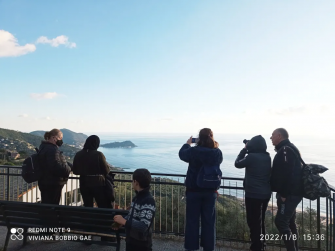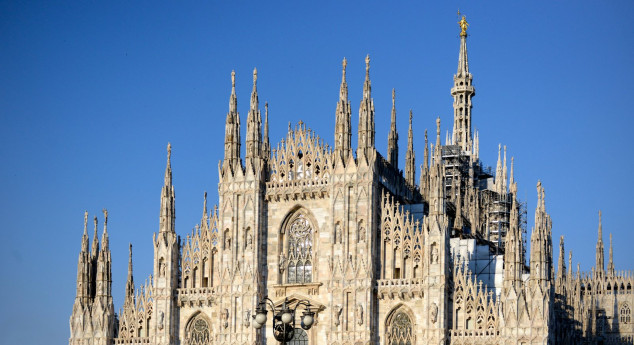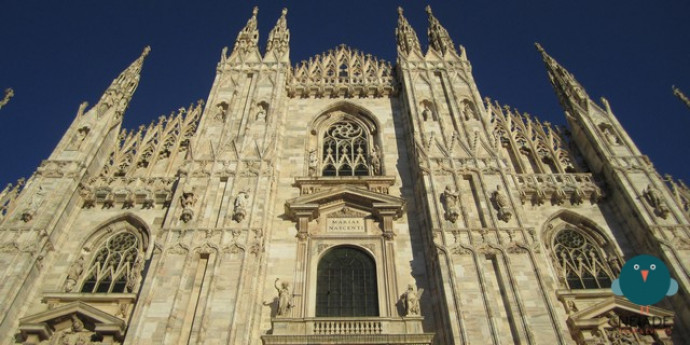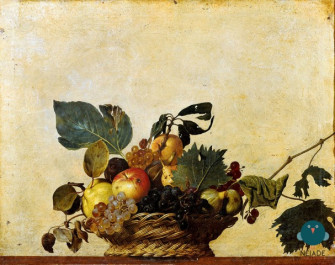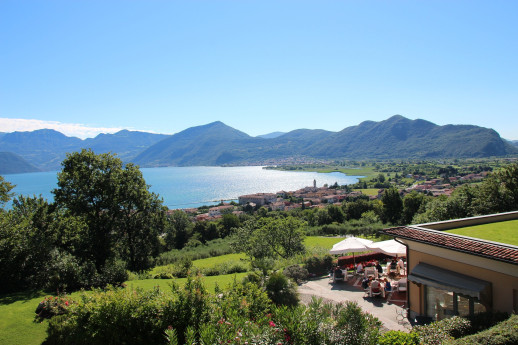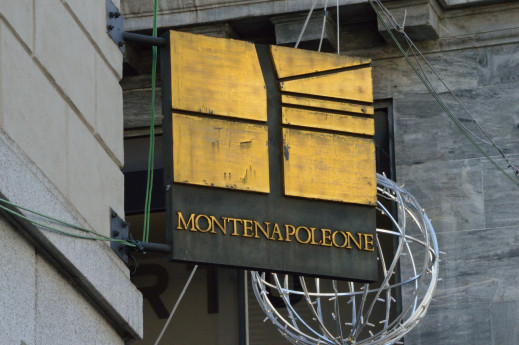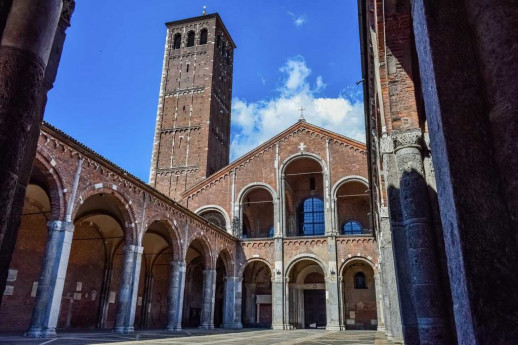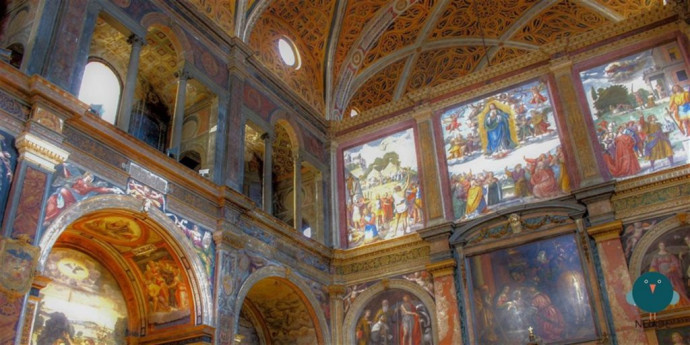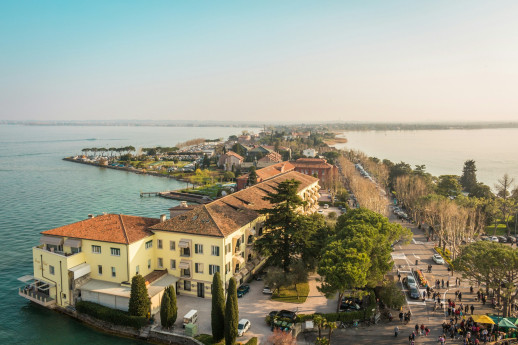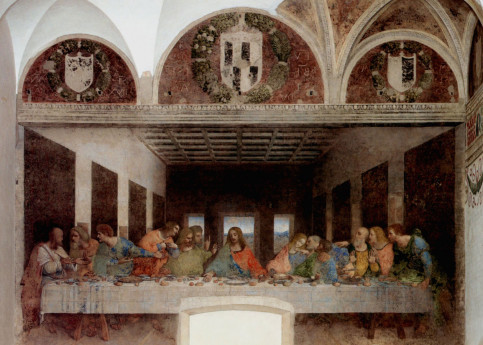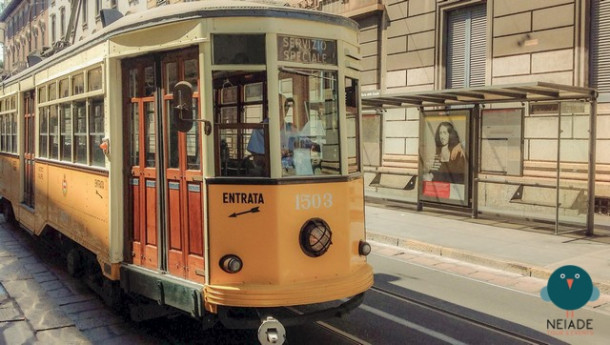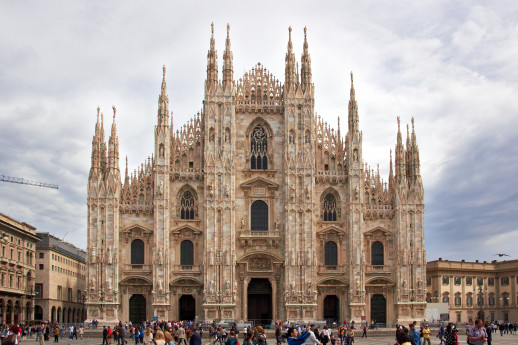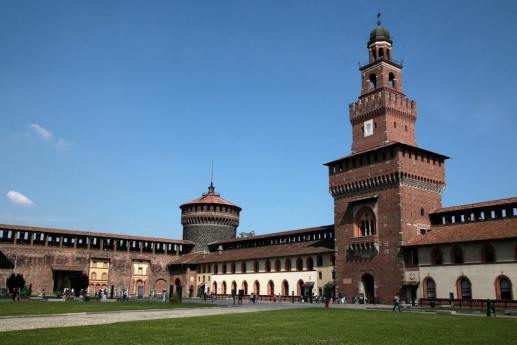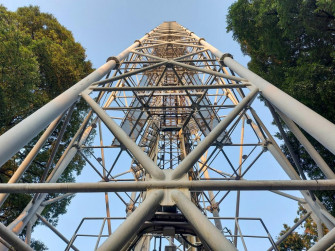- Religious Tourism
- Art & Culture
Abbey of Chiaravalle
The Abbey of Chiaravalle is a Cistercian monastery officially founded on 22 January 1135 by a group of monks from the Abbey of Citeaux in France.
The Chiaravalle Abbey is one of the earliest examples of Gothic architecture in Italy, notwithstanding its Romanesque and late Romanesque elements. As soon as the Abbey was built, it became the cultural and social fulcrum of the village.
The complex can be accessed from a door built into a 16th-century tower in terracotta and marble that is 9 metres high; to the side there is a small oratory. The spacious and bright interior, with its imposing austerity, has three naves, divided by eight large pilasters, surrounded by a cylindrical wall. A 13th-century portal with panels made with raised carvings is positioned on the gabled façade. In many ways, the abbey continues to constitute the heart of the village of Chiaravalle even today, as it serves as the parish and the site of many different cultural, social, recreational and spiritual activities organised by the community of monks.
The complex of the Abbey is constituted by the abbey church, with cloisters and monastery, the chapel of San Bernardo and the mill. The only remaining traces of the original 13th-century cloister is the north side adjacent to the church and two bays. Above the door you can see a fresco of the Virgin and Child Enthroned honoured by the Cistercians, from the first half of the 16th century by Gaudenzio Ferrari .
The Chapel of San Bernardo is the small 15th-century building that is located to the left of the entrance tower of the Abbey of Chiaravalle, normally closed to the public. The nolare tower or Ciribiciaccola – a name taken from a popular nursery rhyme in Milanese dialect – rises up starting from the lantern, at a height of 9 metres, with two octagonal sections, which later assumes a conical shape. From here to the end of the cross, positioned on a world map, it reaches a height of 56.26 metres.
The nolare tower houses the oldest Ambrosian-mounted bell system that is still manually operated by the Cistercian monks.
In 2009, following a 10-year restoration project, the mill has resumed operation. The work not only restored the structure, it also reactivated the milling system, for both production and educational purposes.
Opening hours
Church and Cloister
Tuesday / Saturday: 9.00am - 12.00am and 3.00pm - 5.00pm
